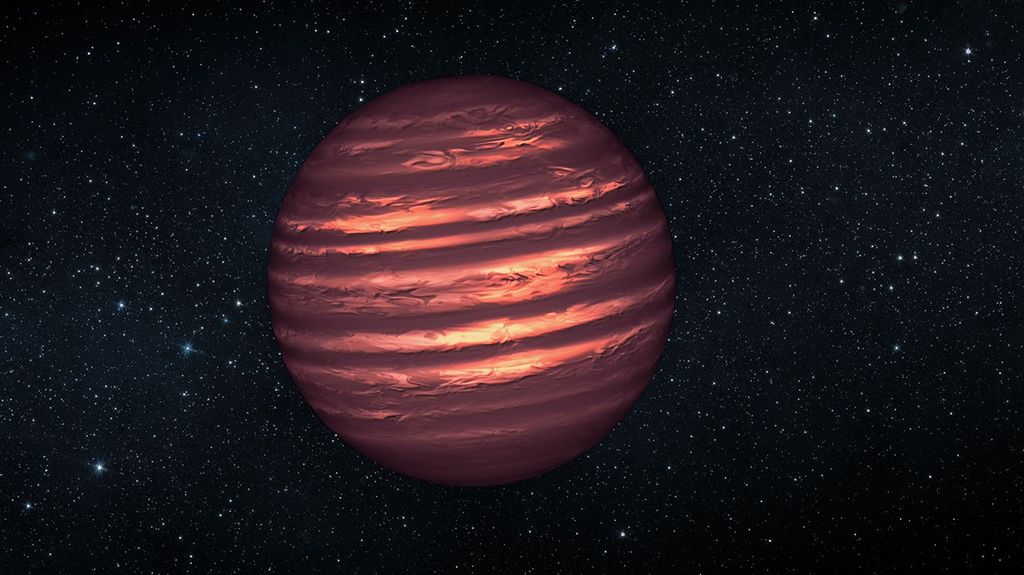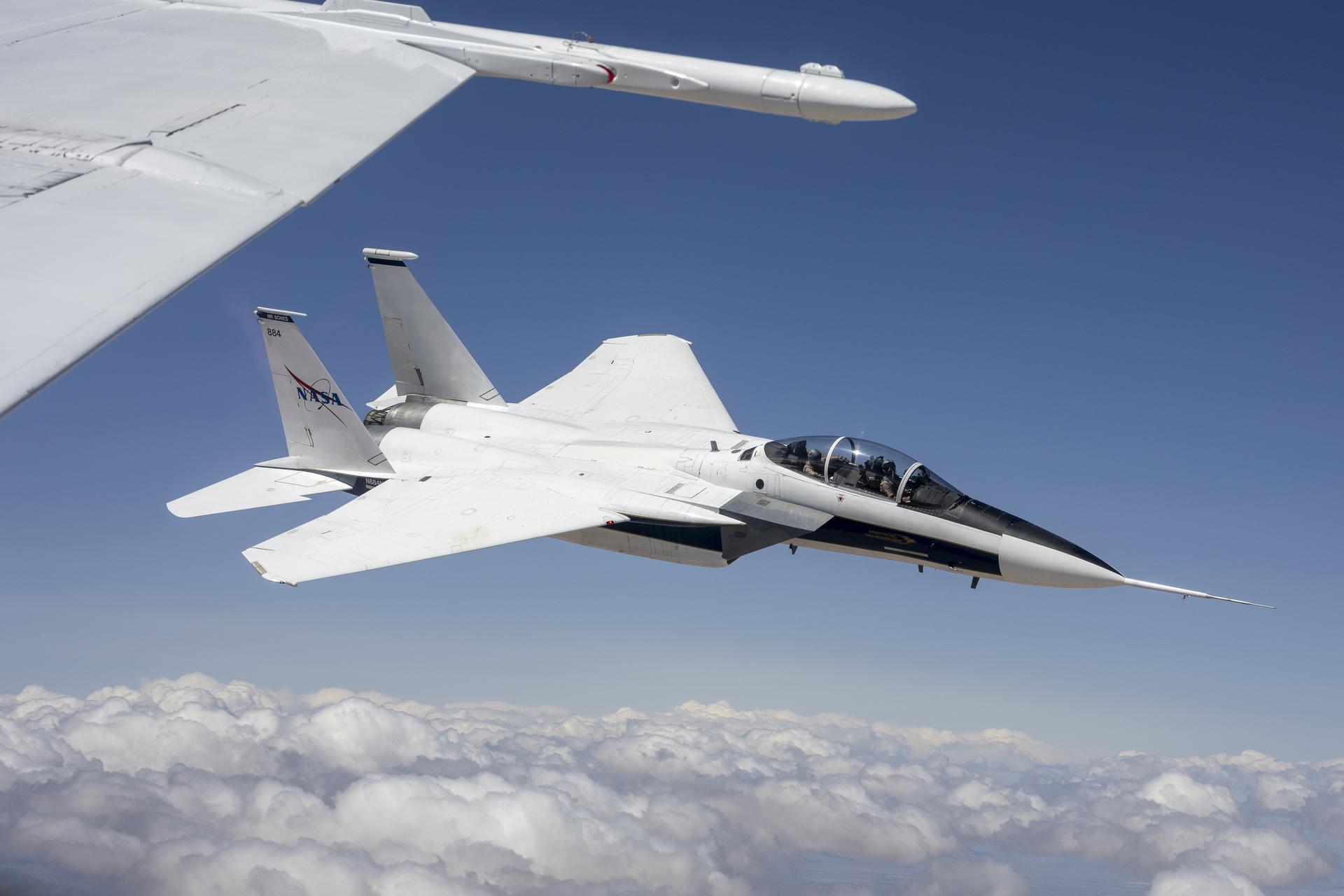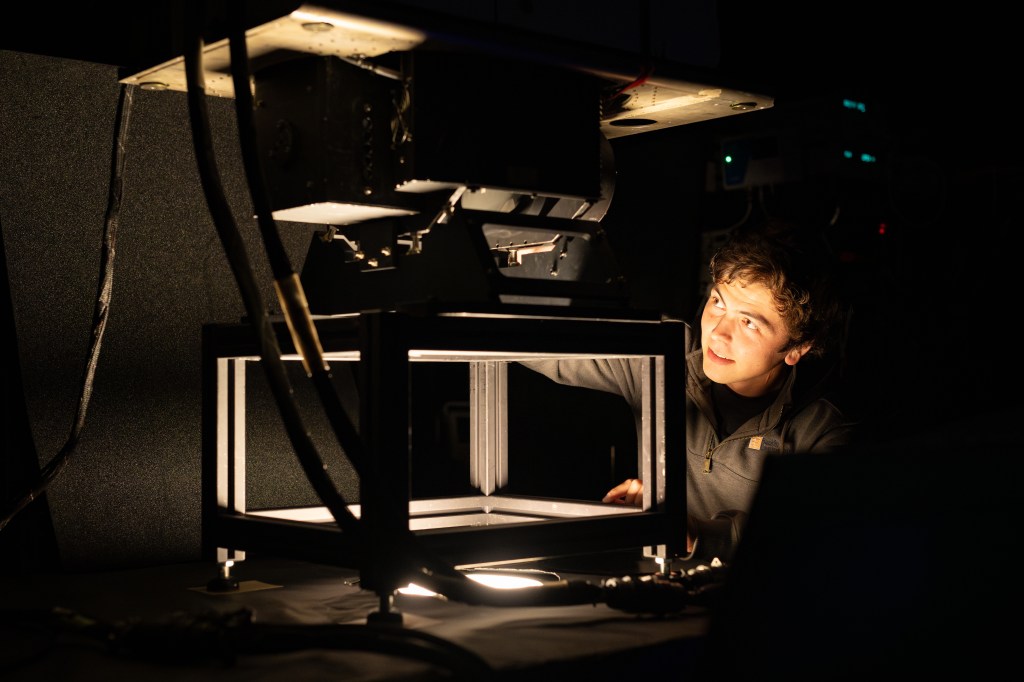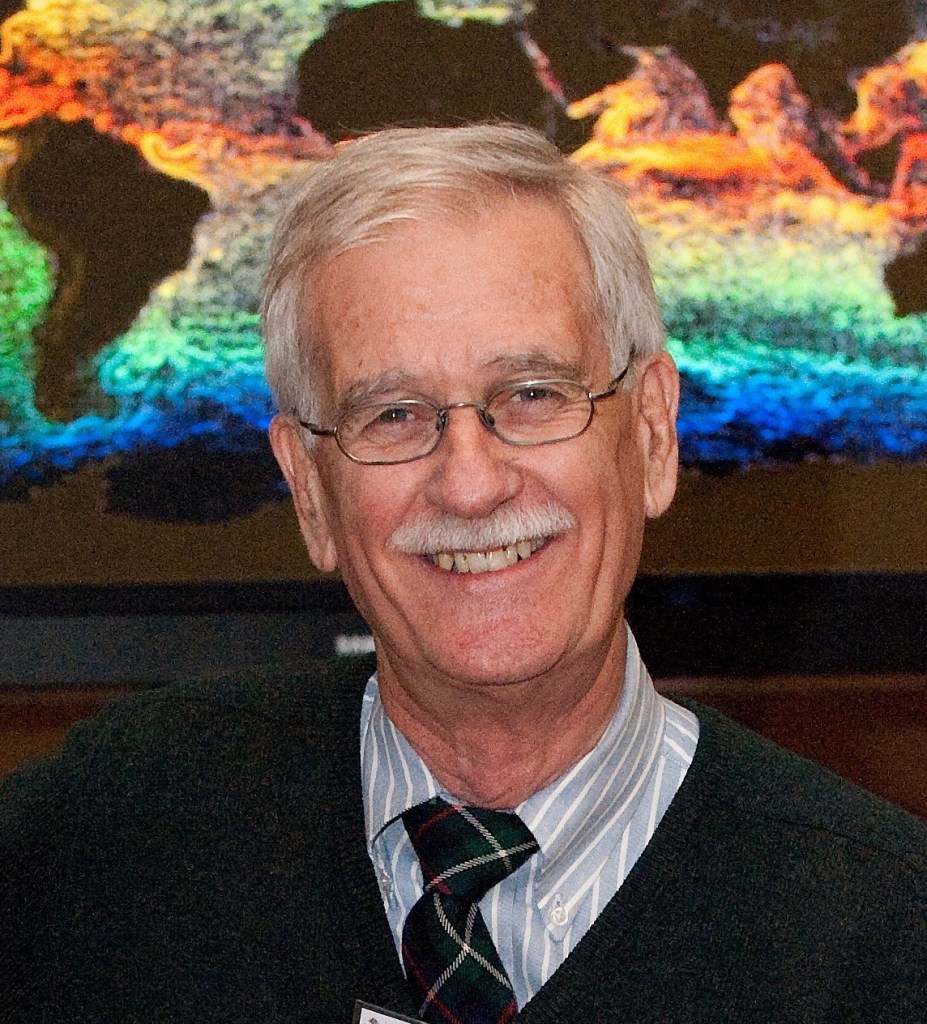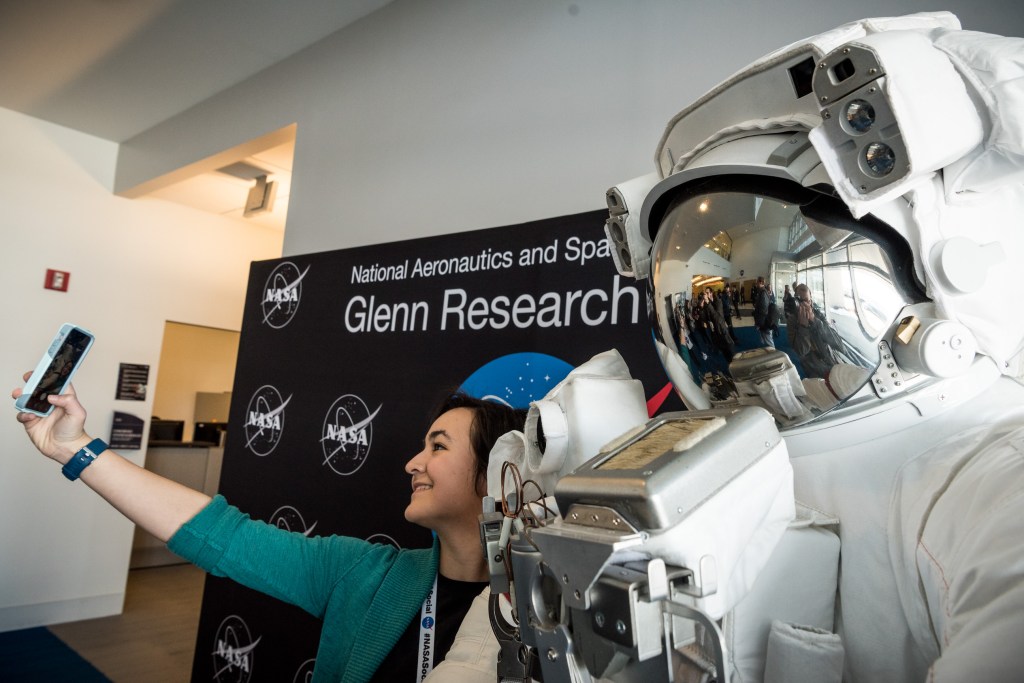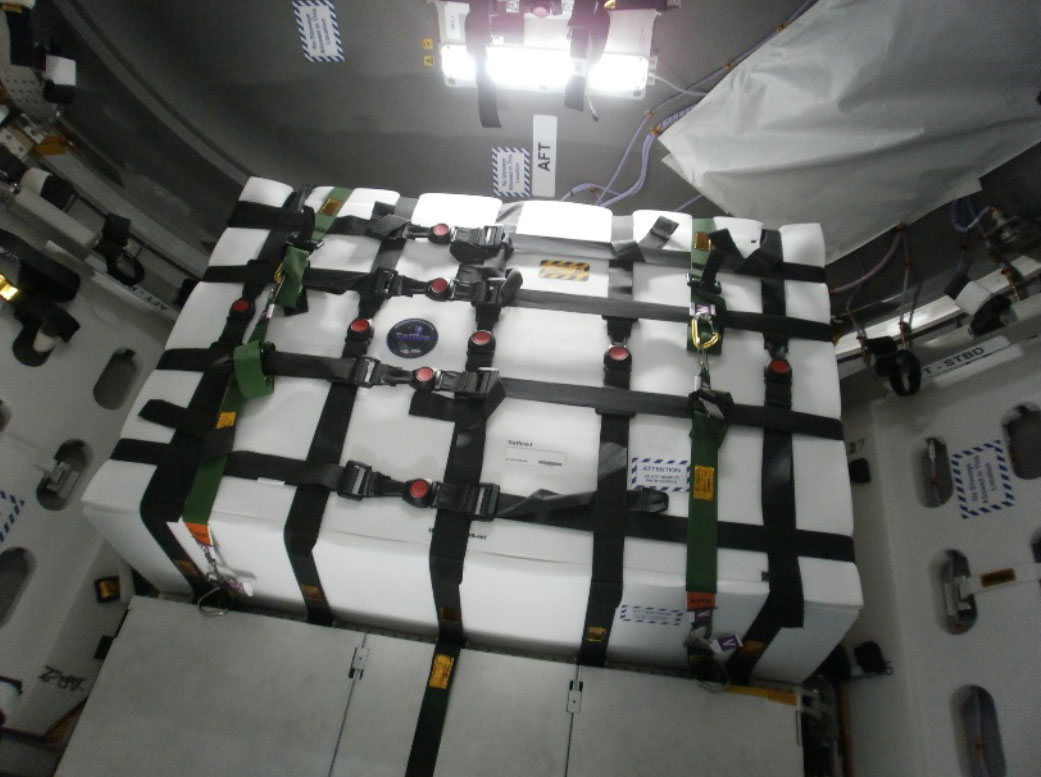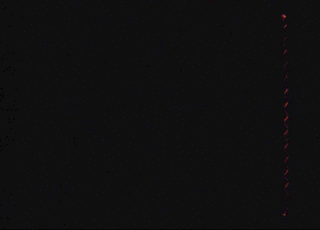Understanding how fire spreads in a microgravity environment is critical to the safety of astronauts who live and work in space. And while NASA has conducted studies aboard the space shuttle and International Space Station, risks to the crew have forced these experiments to be limited in size and scope. Fire safety will be a critical element as NASA progresses on the journey to Mars and begins to investigate deep space habitats for long duration missions.
The first Spacecraft Fire Experiment (Saffire-I) was the beginning of a three-part experiment to be conducted over the course of three flights of Orbital ATK’s Cygnus vehicle to investigate large-scale flame spread and material flammability limits in long duration microgravity.
The Saffire-I experiment enclosure was approximately half a meter wide by 1 meter deep by 1.3 meter long and consisted of a flow duct and avionics bay. Inside the flow duct, the cotton-fiberglass blend burn sample measured 0.4 m wide by 1 meter long. When commanded by Orbital ATK and Saffire ground controllers operating from Dulles, Virginia, it was ignited by a hot wire. Previous to this experiment, the largest fire experiment that had been conducted in space is about the size of an index card.
After the experiment was ignited, the Cygnus continued to orbit Earth for six days as it transmitted high-resolution imagery and data from the Saffire experiment. Following complete data transmission, the Cygnus spacecraft completed its mission with a destructive entry into the Earth’s atmosphere.
Saffire-I launched inside the Cygnus spacecraft atop the United Launch Alliance (ULA) Atlas V launch vehicle on March 22, 2016. Space Station Crew members successfully grappled Cygnus to the space station on March 26. The Saffire experiments were developed at NASA Glenn Research Center by the Spacecraft Fire Safety Demonstration Project and sponsored by the Advanced Exploration Systems (AES) Division of NASA’s Human Exploration and Operations Mission Directorate. AES pioneers new approaches for rapidly developing prototype systems, demonstrating key capabilities, and validating operational concepts for future human missions beyond low-Earth orbit. AES activities are uniquely related to crew safety and mission operations in deep space, with a strong focus on future vehicle development.
More: Watch this video to learn more about Saffire.
Saffire-I Mission Updates
June 19, 2016
On the final day of operations, the Saffire team continued to downlink data and the mission achieved the criteria for complete success. Over the course of the mission, the team downloaded over 25 gigabits of data (40,989 images and data files). Also on Day 6, the team tested downlinking data from a ground station in Hawaii and several procedures that will be used on Saffire-II and III.
Saffire-I was powered off at 9:41:48 EDT officially ending the mission. The Saffire team will continue to analyze the data over the next few weeks to better understand how the microgravity environment affected the large-scale flame behavior.
June 18, 2016
On Day 5, researchers at NASA Glenn received another 497 images, bringing the total data downlink amount to 17.6 gigabits.
June 17, 2016
Day four brought 21,367 more images down from Saffire, bringing the total data transmission to 11.67 gigabits over the course of four days.
June 16, 2016 – all times EDT
On day three of the mission, ground control AT Orbital ATK in Dulles, VA received more than 17,800 images from Saffire, the first images from the experiment, through the ground communication station at Wallops Flight Facility in VA. The images were transferred to researchers at NASA Glenn where they are reviewed and analyzed. The video (at right) indicated a very slow-moving flame burning across the sample material over the course of eight minutes.
6:00 p.m.
The second video shows the Saffire-I sample igniting! The video to the right shows the sample smoldering behind the flame. Preliminary data indicates the sample burned for about 8 minutes.
5:15 p.m.
The first video from Saffire-1 shows pre-test smoke at the start of the experiment. Smoke trails are visible to show that the flow is uniform before the sample material is ignited. The image consists of two views from two side-by-side cameras. See video here
June 14, 2016 – all times EDT
4:55 p.m.
Saffire-I has been ignited inside the Orbital ATK Cygnus cargo spacecraft and telemetry indicates a burn of the cotton-fiberglass material blend. The largest fire started in space is now burning successfully. Imagery will be transmitted over night – check AES Twitter and Facebook for updates.
3:30 p.m.
With Cygnus at a safe distance from the space station, ground controllers at Glenn Research Center in Cleveland, Ohio and at Orbital ATK in Dulles, Virginia, have successfully powered on Saffire and have tested its operating system.
9:30 a.m.
Expedition 47 robotic arm operator Tim Kopra of NASA commanded the International Space Station’s Canadarm2 robotic arm to release the Cygnus spacecraft at 9:30 a.m. EDT while the space station was flying above Paraguay. Earlier, ground controllers detached Cygnus from the station and maneuvered it into place for its departure.
After Cygnus is a safe distance away, ground controllers at Glenn Research Center in Cleveland, Ohio will initiate the sequence for Saffire-1, and controllers at Orbital ATK in Dulles, Virginia, will activate the experiment. Cygnus will continue to orbit Earth for up to eight days as it transmits hi-resolution imagery and data from the Saffire experiment. Following complete data transmission, the Cygnus spacecraft will complete its destructive entry into the Earth’s atmosphere on June 22.


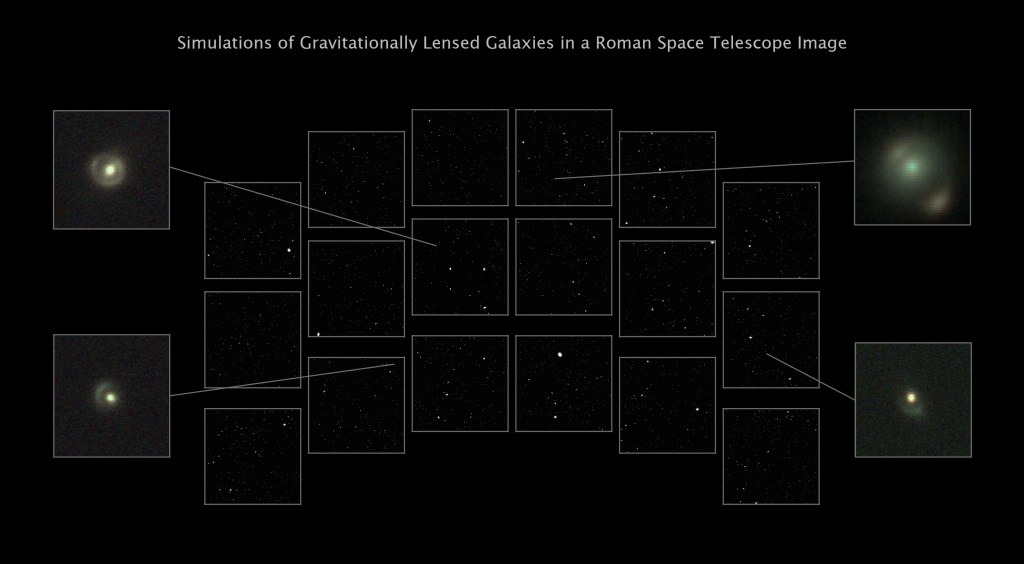


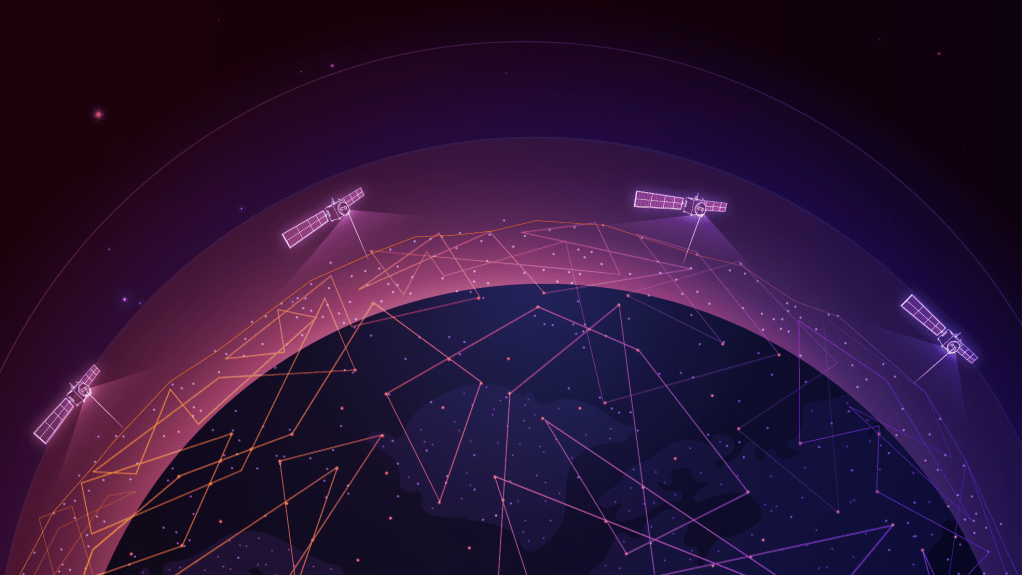

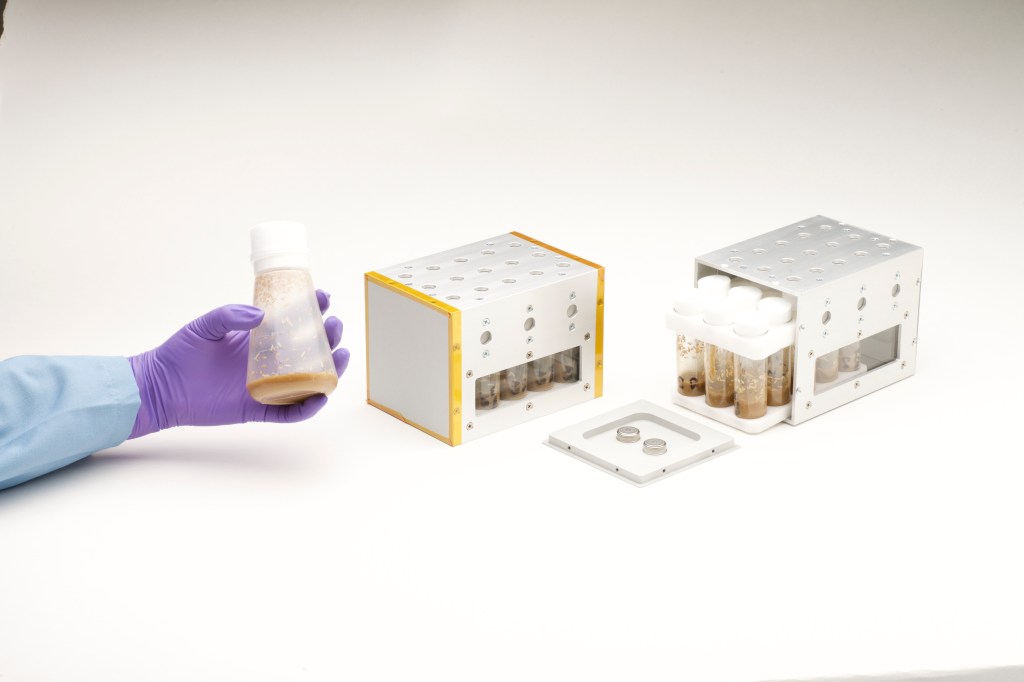

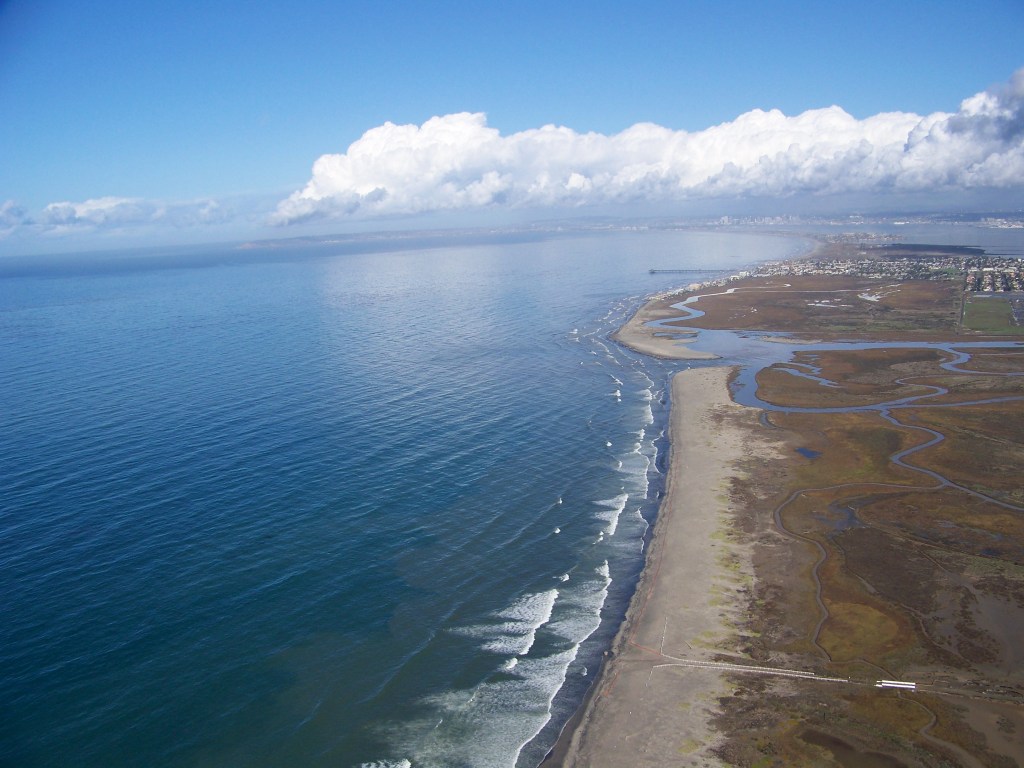
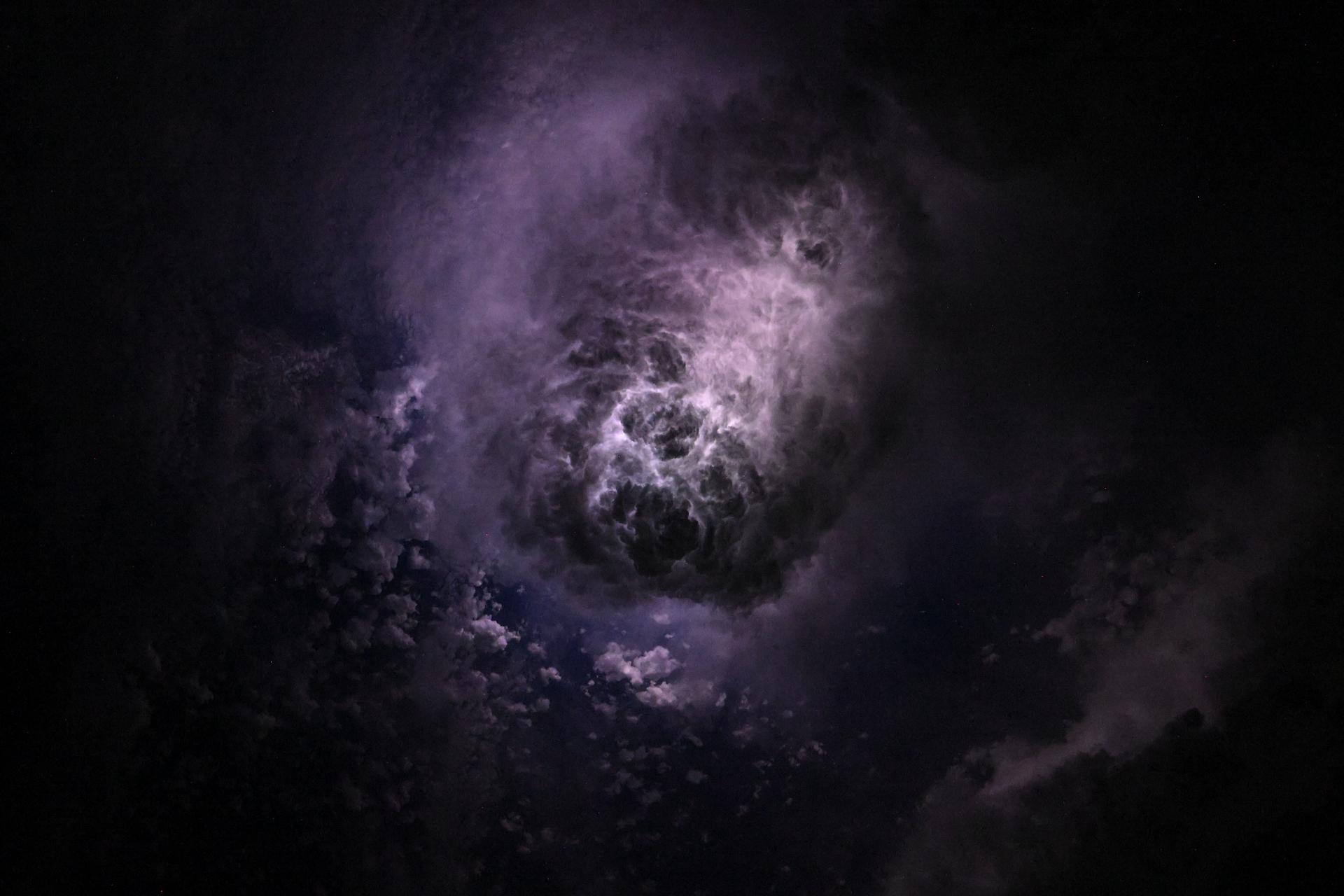
.jpg?w=1024)



